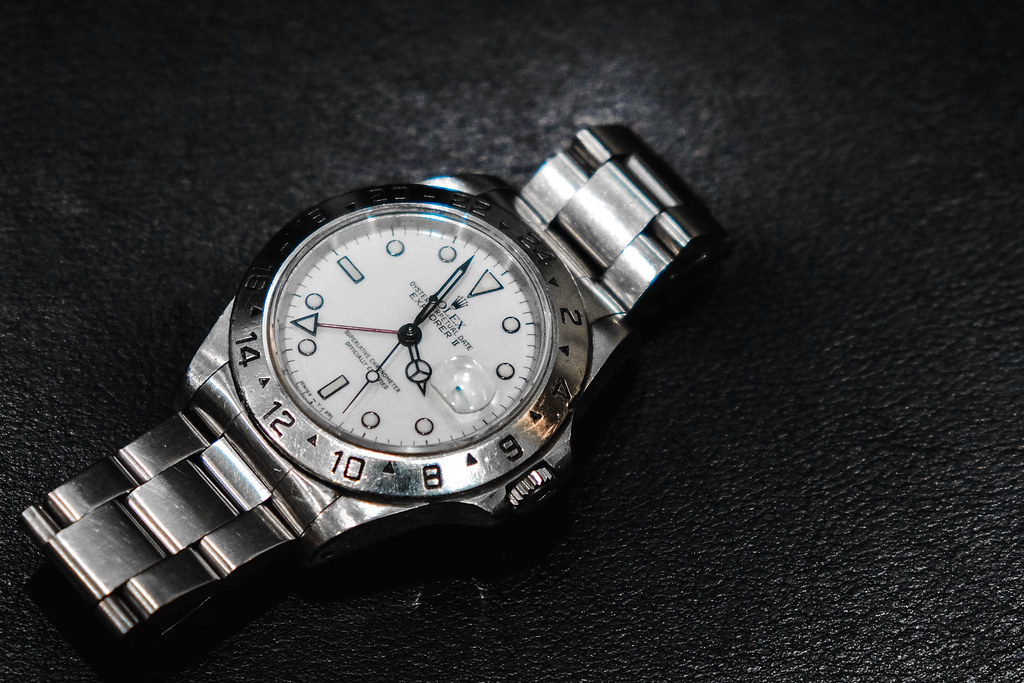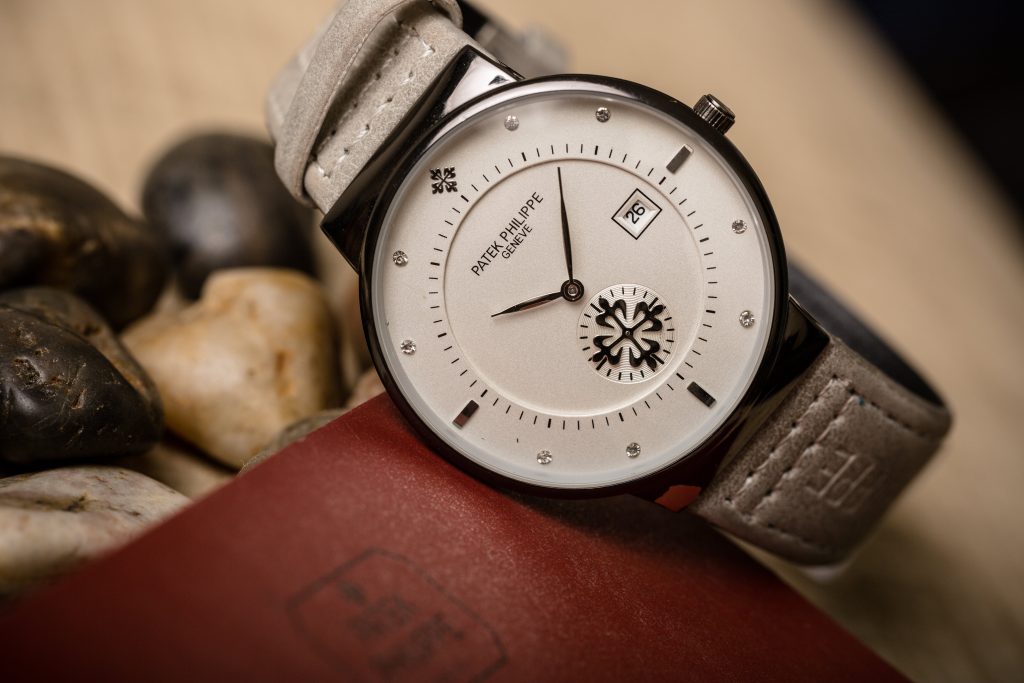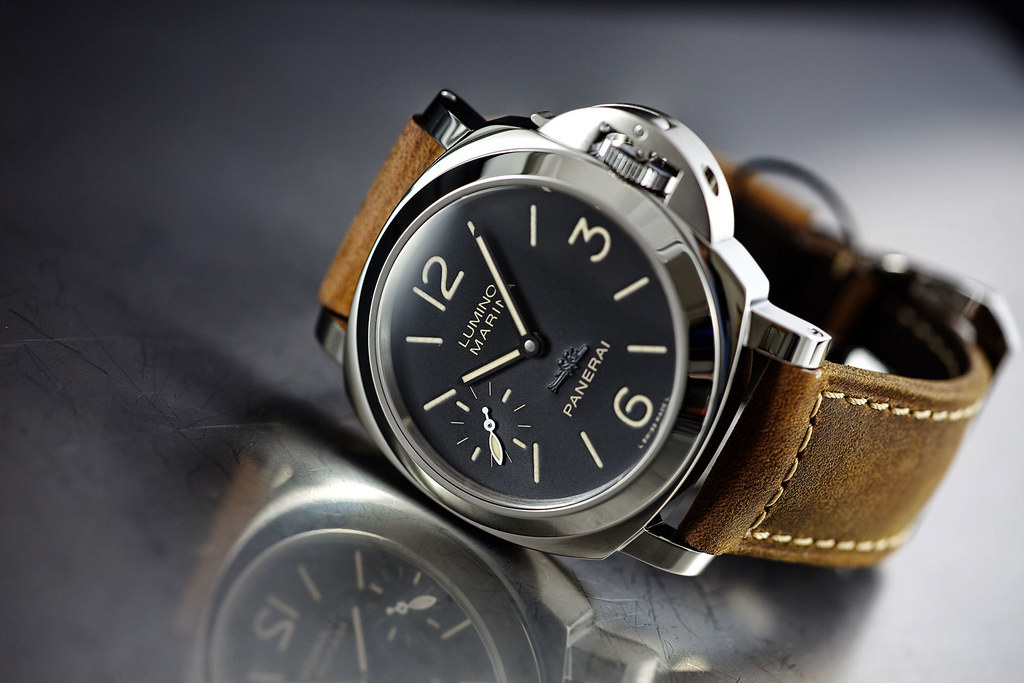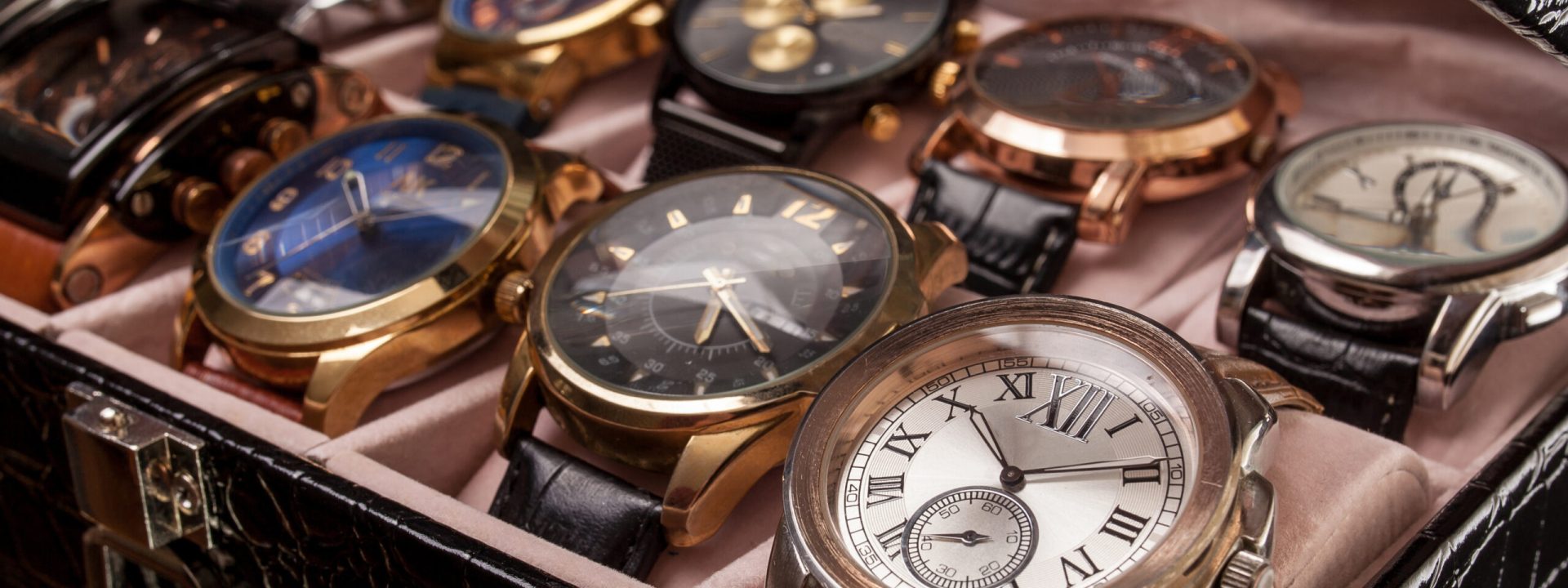The watch movement or the caliber is a mechanism that makes every watch tick. It is an engine that powers a watch and all of its functions. The mechanism moves the hands and powers any additional features such as annual calendars, chronographs or dual time zone displays. Powering all the timekeeping tasks, the movement is the most important component in any watch. There are many different movements that power a watch, but they all fall into two categories: mechanical and quartz movements.
How Can You Tell Which Movement is Which?
A simple way to tell a mechanical movement from a quartz movement is the way the second hand moves. The second hand on a quartz watch moves in ticks, while with mechanical movements, the hand moves smoothly.
Quartz movements are extremely accurate and need little regular maintenance apart from replacing batteries. While some lower-end quartz watches may run for decades without maintenance, a fine Swiss quartz watch should be serviced every 7 to 10 years. The batteries should be changed every 2 years to prevent damage.
Quartz watches tend to cost less as they have fewer moving parts and are cheaper to manufacture. Watch aficionados aren’t as attracted to them as they lack the craftsmanship and fine engineering of their mechanical counterparts. However, when made by high-end Swiss watch manufacturers, quartz movements are a perfectly acceptable solution.
Mechanical movements are preferred by many watch enthusiasts because they incorporate a high level of craftsmanship and quality. They are skillfully made by watchmakers and contain several tiny compartments that work together to power the mechanism. Mechanical movements use energy from a wound spring. This spring stores the energy and uses it to power a series of springs and gears. While the design of mechanical watches has remained unchanged for centuries, the latest technology allows for more precise engineering and finer details.
The most popular mechanical watches are those that contain perpetual-wind movements. They’re more popular because as long as you wear them regularly, you don’t have to wind them every day to make sure they are accurate. Perpetual-wind watches gather energy through the motions of your wrist. A metal weight spins with each move of your wrist, harnessing that energy to continually wind the mainspring. A special mechanism prevents it from over winding, keeping optimum tension for impeccable timekeeping performance.



Pros & Cons
Quartz watches are extremely accurate, but what also makes them popular among buyers is their low price and durability. These watches can also be equipped with additional technological features such as GPS tracking or illumination. They are also slightly more accurate than mechanical watches, which may be accurate to within a few seconds a day.
On the other hand, mechanical watches boast a much more impressive mechanism that watch-lovers love to observe. Many mechanical watches will have a clear crystal window on the back of the case to allow the owner to see the mechanism at work. Mechanical watches can last for generations as they have a significantly longer life span than their quartz counterparts have, and thus can become cherished family heirlooms.
Mechanical watches require regular maintenance and need to be cleaned by a professional every 3 to 5 years to avoid excessive wear on the parts of the movement. However, this investment will ensure that your mechanical watch lasts for many more years to come.
Watch Servicing
In conclusion, if you are looking for a cheap, accurate watch with little to no need for maintenance, you should go with quartz watches. But if you want an impressive mechanism that represents a form of art, and you are looking for a watch that will last you a lifetime, a perpetual-wind mechanical watch is an unrivaled choice.
If you own a mechanical watch, make sure to have it serviced every 3 to 5 years so that it continues to perform as well as the day it was acquired. If you need your watch professionally cleaned or serviced, call us at 619-299-1500 to find out what our in-house watch department can do for you. Our watchmaker is certified and was Rolex factory trained.
A complete watch service at Leo Hamel Fine Jewelers consists of disassembling the watch movement, cleaning out old lubricant, re-lubricating all friction points, re-assembling the movement, and adjusting the timing to factory specifications. Included is a one-year warranty on timekeeping and a 90-day warranty on parts.
The exterior of the watch is then fully refinished; removing all scratches and restoring the factory finish to the case and bracelet, making your watch look new again. You’ll be surprised at what a difference that makes!

